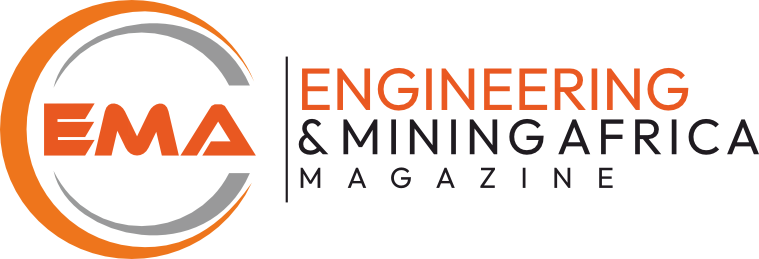The South African mining industry is undergoing a transformation, with a growing number of women entering the traditionally male-dominated working sector. While this influx of female labour presents a promising opportunity for diversification and economic empowerment, a significant barrier to entry for women persists in the form of inequitable access to gender-appropriate Personal Protective Equipment (PPE). Companies in mining have a heightened legal and moral obligation to ensure the safety and well-being of women workers, which includes the provision of PPE designed specifically for the female form. The current lack of such PPE creates a concerning gap that must be urgently addressed to create a truly inclusive and safe work environment for all.
Awareness and cost as obstacles to progress
Despite a surge in demand for women’s safety wear in recent years, significant hurdles to widespread adoption persist in the mining industry, with one of the primary challenges being awareness. Traditional PPE suppliers often prioritise high-volume sales of generic, male-oriented safety wear. This lack of awareness often extends to procurement officers within mining companies, who may be unaware of the existence of women’s PPE options. Cost also plays a role in procurement decision making, as gender-specific PPE can sometimes carry a higher price tag due to lower production volumes. Nonetheless, opting for unisex alternatives isn’t the cost-effective solution procurement managers think it is. Ill-fitting PPE leads to discomfort, reduced productivity, and even potential safety hazards. Essentially, the wrong PPE is just as dangerous as no PPE.
Writing safety wear equality into industry rules
A positive development came in July 2023 when the Department of Mineral Resources and Energy introduced a new guideline for a Mandatory Code of Practice (COP) for PPE selection specifically for women in mining. This code mandates that employers consider women’s specific needs, including proper sizing and footwear. Additionally, it emphasises the importance of ongoing evaluation of PPE for its appropriateness and user comfort.
While these recent guidelines represent a step forward, there’s still a long way to go in order to achieve lasting change. Collaboration between PPE suppliers, industry thought leaders, health and safety officers, and worker unions is essential, and much effort is still required to educate these stakeholders about the benefits of women’s PPE as well as the legal requirements for its provision.
Bringing women into the safety wear equation
A fair amount of work is still required to raise awareness levels on the importance of overcoming the limitations of male-oriented safety wear. It is important to emphasise that the correct PPE can no longer be overlooked. By prioritising the perfect fit for the female form through features like a defined waist and hips, this allows for greater mobility and comfort without sacrificing protection. A wider range of sizes is necessary to cater to the diverse body types of women in the workforce, ensuring a proper fit that eliminates restricted movement and hazardous gaps.
It is also necessary to recognise the specific biomechanics of women’s feet, which requires footwear with a narrower heel and a smaller footprint compared to men’s boots. Only such a design can offer sufficient stability and support, reducing fatigue and the potential for injuries. Beyond the core protective function, women’s PPE incorporates additional design elements to elevate both safety and comfort. Form-fitting tailored PPE for women must be designed to endure the harsh realities of a mining environment. Materials must be selected for their resilience against abrasion, punctures, and the chemicals commonly encountered in mining operations, without sacrificing comfort. Breathable fabrics, strategically placed seams, and ergonomic features all contribute to a more comfortable work experience for women, which then translates to increased productivity and alertness throughout their shifts.
Beyond protection to the importance of feeling empowered
Providing women with anatomically appropriate PPE goes beyond just safety. The provision of correctly fitting PPE is as much about making women feel safe at work as it is about making them feel like they belong in the industry. It contributes greatly toward fostering a sense of professionalism and belonging in the workplace. Wearing properly fitting gear that is designed for their unique physique empowers women to perform their jobs with confidence, on a par with their male counterparts, while reducing the risk of long-term health issues.



